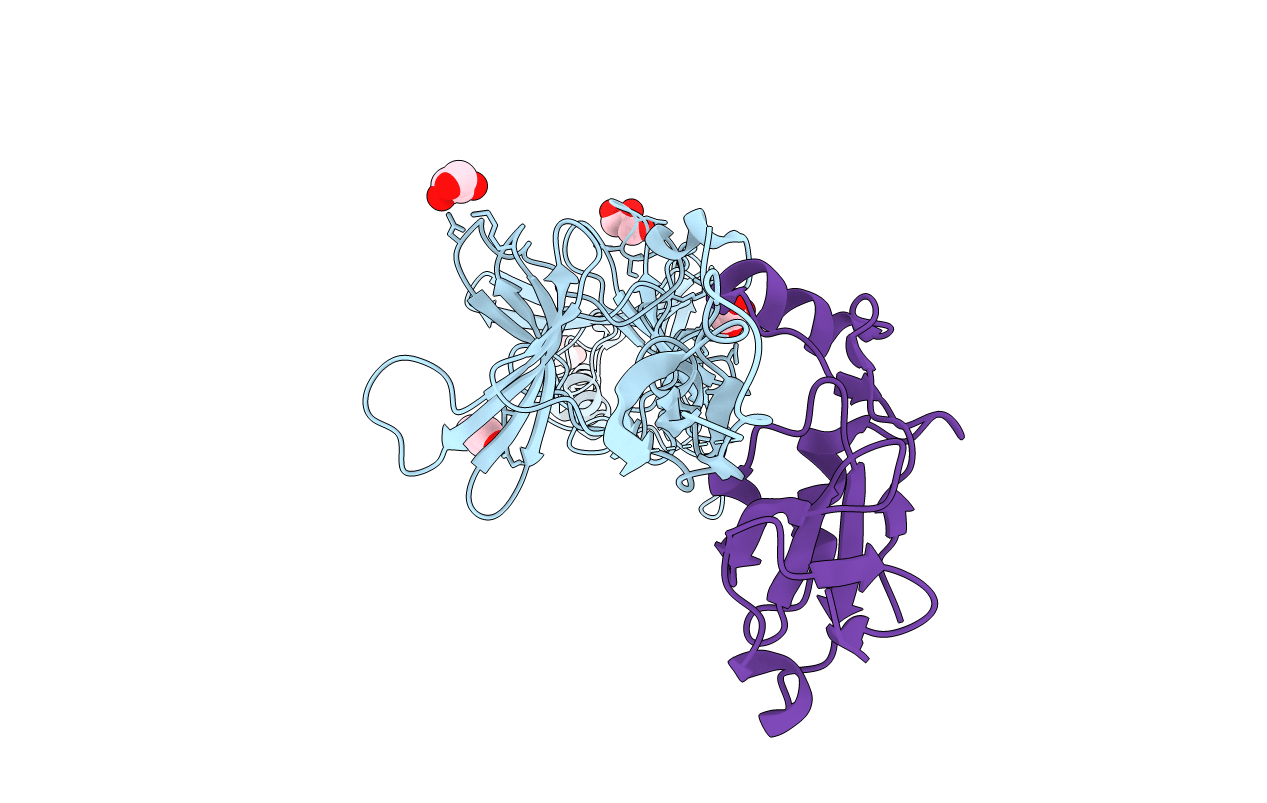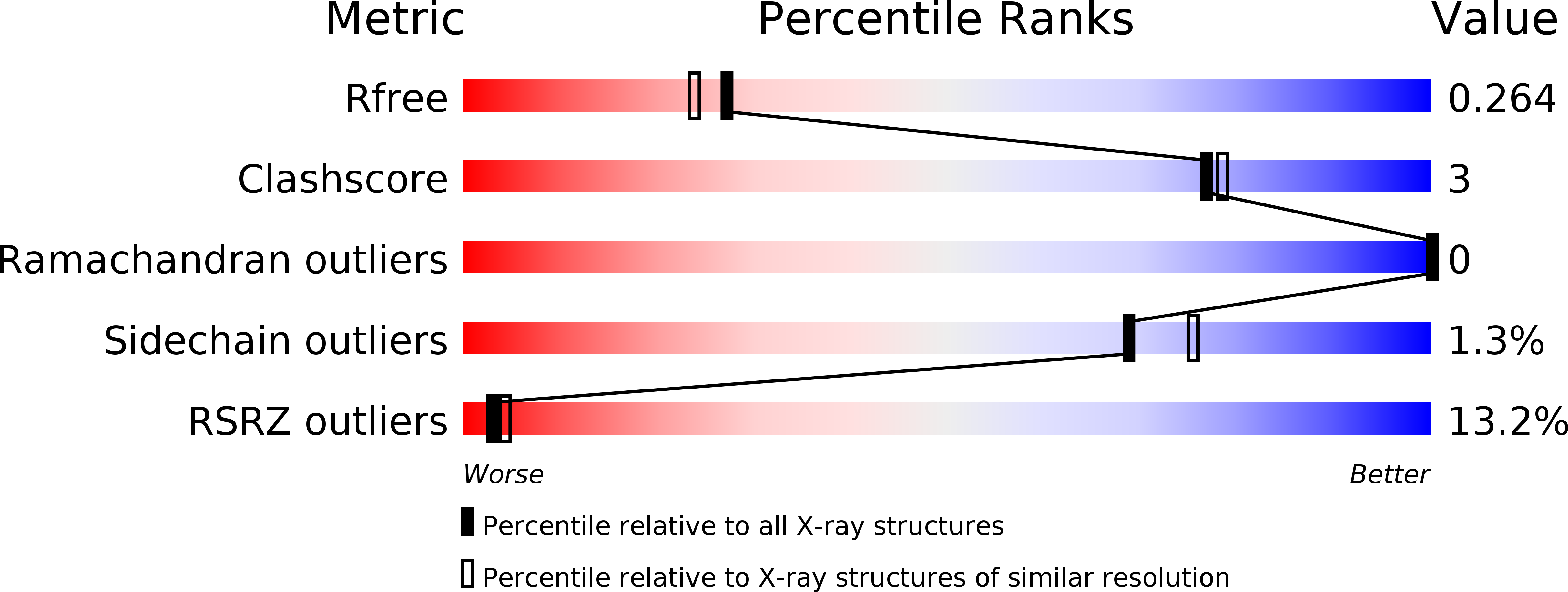
Deposition Date
2017-11-27
Release Date
2019-05-22
Last Version Date
2024-03-27
Entry Detail
Biological Source:
Source Organism:
Escherichia phage Mu (Taxon ID: 10677)
Host Organism:
Method Details:
Experimental Method:
Resolution:
2.10 Å
R-Value Free:
0.26
R-Value Work:
0.23
R-Value Observed:
0.23
Space Group:
P 3 2 1


